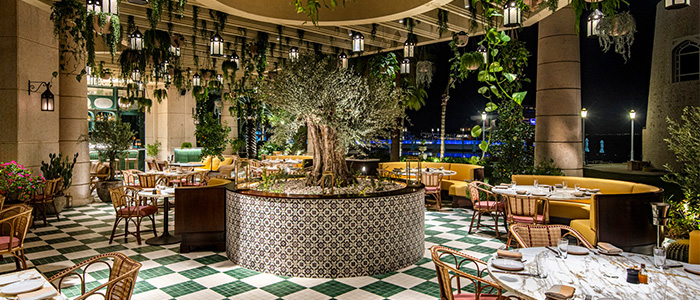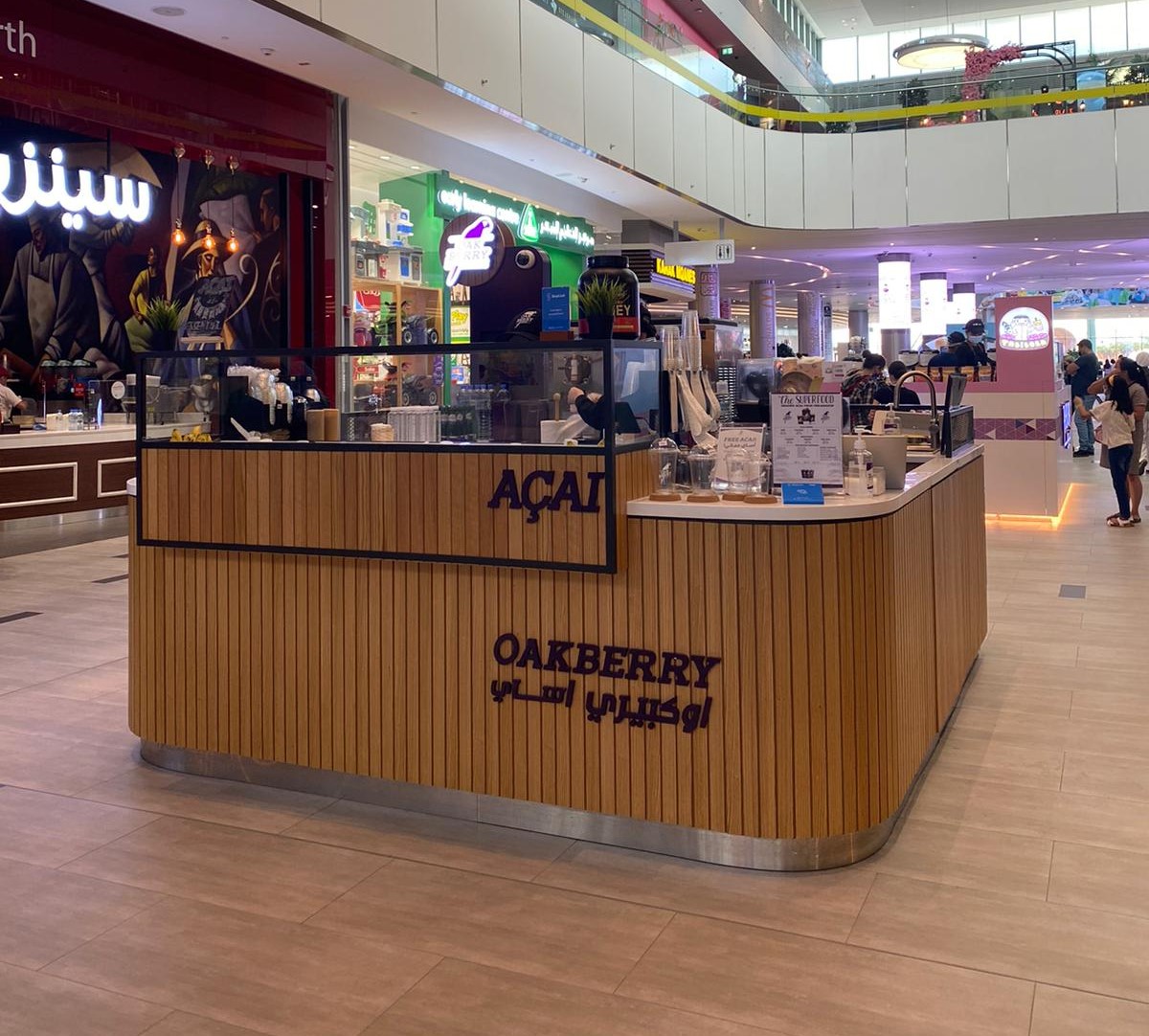How to Create a Fine Dining Atmosphere.
Fine dining is what many people imagine when they think of opening a new restaurant. Crisp tablecloths, violins in the background and seven-course meals are few things that come to mind. But today’s fine dining has evolved into an eclectic blend of cuisines and dining concepts. If you strive to create a fine dining atmosphere at your restaurant, here are 10 things you should know.
1. Restaurant Fine Dining Requires Attention to Detail
From the music to the lighting, to the art on the walls, creating a fine dining atmosphere is all about the details.
It doesn’t mean you can only play classical music or decorate with long stem red roses. It simply means that nothing should be too loud, too bright, too much. Subtlety is key.
2. Fining Dining Servers Are the Best
No matter what your restaurant concept, your servers should be at their best. But fine dining requires servers who have experience and knowledge of the restaurant business. It is no place for beginners. A good fine dining server should be able to explain the entire menu without using notes. He should be able to offer suggestions for wine and entrée pairings and answer any questions the customer may have.
3. Fine Dining Customer Service Goes Above and Beyond
Some typical services provided in a fine dining restaurant include escorting patrons to the table, holding the chair for women, escorting patrons to the restrooms, crumbing the table in between courses and replacing linen napkins if a patron leaves the table.
4. Fine Dining Restaurants Often Feature Prix Fixe Menus
A prix fixe menu or limited menu is one that can change on a daily or weekly basis. This is a great benefit, because a smaller rotating menu allows you to buy local, seasonal items when they are at their peak of freshness, allowing your chef to exercise his or her creativity when designing dishes.
5. Reservations Are a Good Idea for a Fine Dining Restaurant
Reservations allow a restaurant to space apart parties, ensuring the kitchen and wait staff are not overwhelmed during a dinner rush. In lieu of individual reservations, some fine dining restaurants offer settings, for example a five o’clock seating, seven o’clock seating and nine o’clock seating.
6. Fine Dining Doesn’t Always Include Tablecloths
While tablecloths were once the calling card of any fine dining restaurant, that isn’t so today. If you choose to skip tablecloths (which require a huge amount of upkeep) be sure to invest in attractive and durable tabletops.
7. Fine Dining Restaurants Should Never Include Paper or Plastic
While skipping tablecloths is okay, substituting paper napkins in place of linen or plastic dishes in place of china is a no-no. Don’t do it.
8. Fine Dining Restaurants Offer Top Shelf Liquor and Spirits
Your bar should be well stocked with top of the line liquor and a good selection of wine and champagne. Your staff should know everything you offer from the bar and be able to suggest drinks with each meal.
9. Fine Dining Can Bring in a Lot of Money
There’s no question that fine dining restaurants offer significantly higher profits than a fast food chain or a fast casual restaurant.
But it’s important to remember that the day-o-day operations of a fine dining restaurant costs more. Patrons of fine dining establishments expect high-quality food (often locally sourced), top shelf spirits, and stellar customer service. None of that comes cheaply.
10. Fine Dining Restaurants Stay Abreast of Trends
A good fine dining restaurant manager or head chef will know about current food trends and incorporate them into the menu. They will also recognize when a food trend turns into a food fad (recall mini-burgers circa 2009) and avoid them, thus keep the menu fresh and exciting.
Though the concept will continue to evolve over time, fine dining will always be an option for restaurant goers. Today’s fine dining is unlike the fancy linen draped dining rooms that were popular fifty years ago.
Today fine dining is all about fresh, local food prepared in unique ways and served in an atmosphere that is unlike any other restaurant.
Written by Lorri Mealey, thebalance.com






Leave A Comment
You must be logged in to post a comment.